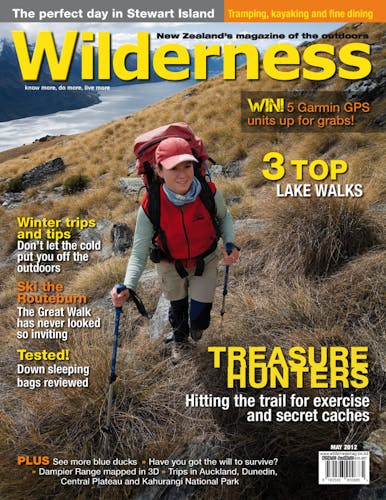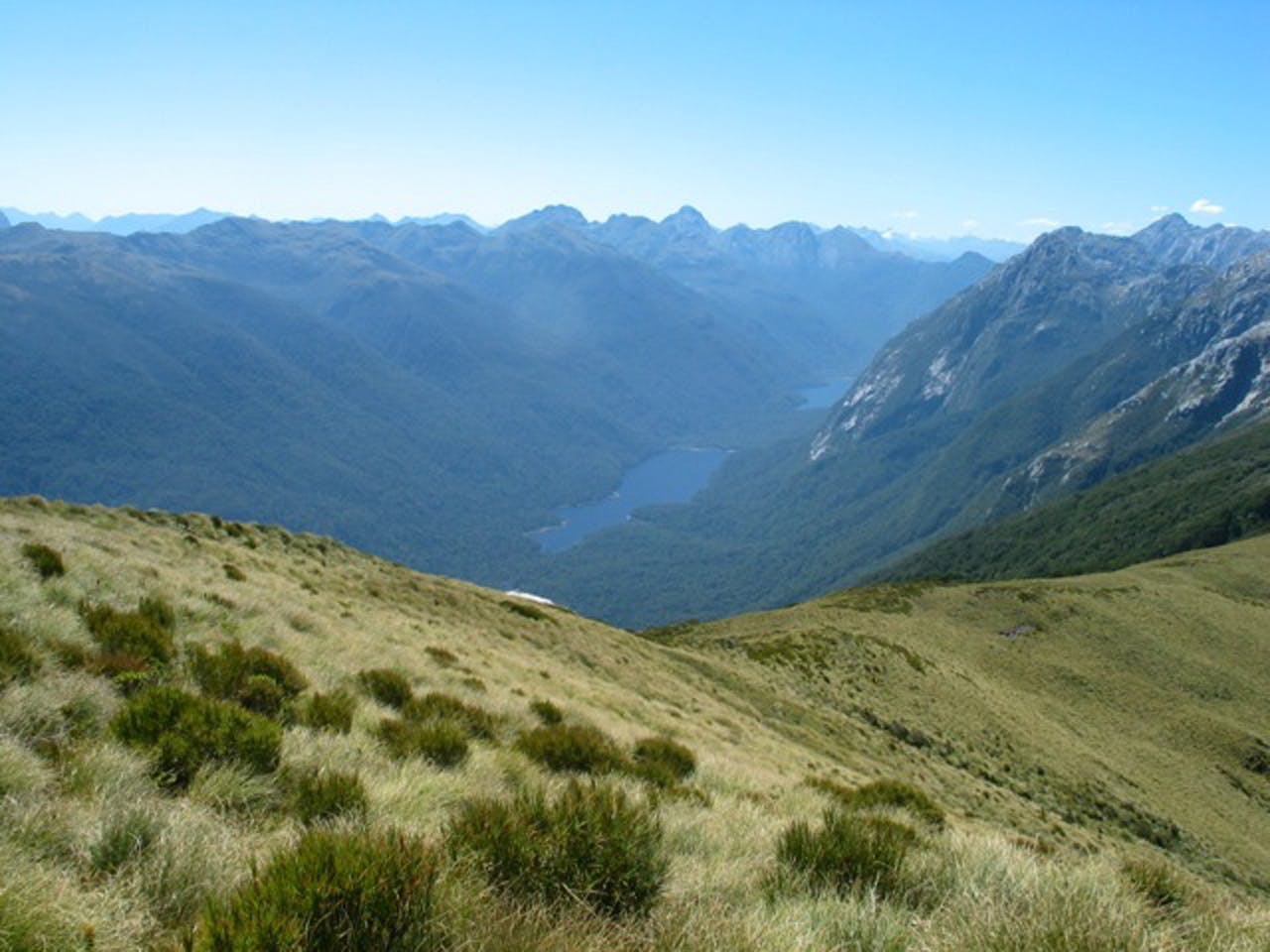It’s ridiculously easy getting lost in the New Zealand bush and equally difficult to be found
It’s school camp season and this time I got to play being lost in the bush while a pack of 11 year olds searched for me. The policewoman in charge told me it was all about teaching the kids (and their parents) the value of telling someone where you’re going, what time you’ll be back and of staying put should you get lost.
And despite leaving obvious clues like orange peels, water bottles, crisp packets, arrows made of windfalls and so on, it still took them the best part of an hour to track me down in a block of land less than two hectares in size.
Which reminded me of the time we had lost someone in the wild scrub of south-west Fiordland, and the search and rescue effort that followed.
Stan had managed to get a fishing boat to ferry a dozen of us from Riverton for a two week kayaking trip in Preservation Inlet. I jumped at the opportunity having earlier skirted its edges on a solo tramp out to West Cape. I was especially keen to return to the head of Richardson Sound where, in a fit of stupidity brought on by 16 days isolation, unrelenting rain and rapidly diminishing food, I’d crossed the chest-deep stretch of river that separated the Lake Cadman outlet from the Cora Lynn Falls, 100m down river.
The kayak trip proved to be a wonderfully relaxed affair brought on by a fantastic spell of weather. It had been so calm that we’d even made it several kilometres out into the open ocean beyond Puysegur Point and the south-west tip of the South Island. And returning to Lake Cadman, this time with heaps of supplies, and a just-above-the-knee ford, made me realise how different company, travel modes and weather can completely change the feeling of a place.
Preservation Inlet is a place rich in Maori history, with many midden sites dating back hundreds of years. Plentiful sea food and sheltered harbours made it a regular seasonal home, and the pa site at Matauira is impressive – a protected vantage point from which to observe who was travelling the coast.
James Cook sailed by here and soon after sealers set up rough camps. Then came the country’s first whaling station and our first land-based exports – harakeke for rope. Then in the 1890’s gold was found and a number of mining towns immediately sprung up. But by the 1910’s the seams of gold had dried up, the pubs, schools and townships were abandoned, so that pretty much all that was left was a tram track that ran for 3km to a stamping battery.
It was here on our final day, somewhere on the now marked historic track, that a member of our party disappeared.
We didn’t realise this at first, as we’d all gone at our own pace, relaxed to be on the land and away from any squalls or waves that could capsize us. The forest felt safe and reassuring. I had been the last one back, coming in at dusk having spent the day discovering and retracing old trails marked on the 1904 survey map of the area.
Immediately people asked if I’d seen her. Nope. A party immediately went out with torches, while another went over to nearby Kisbee Hunting Lodge – sited on one of the freehold sections left over from the Cromarty mining days – to raise the alarm.
Before dawn we were headed back to where she’d last been seen. And still no sign. As soon as we left the track we realised what a needle in the haystack task we had. Giant boulders concealed deep mossy rock crevasses, while terraces sloped away onto steep ledges and then bluffs.
By late morning the first chopper came in and with them search and rescue volunteers from Tuatapere and Invercargill. By the end of the day there were three helicopters and around 30 volunteers searching the forest. But still not a single sign had been found.
The next day we were again split into teams and given sections of forest to travel through, as we called out for her and looked in the moss and the river banks for footprints or any sign at all. I spent some time spotting from the chopper, and immediately realised just how thick and impenetrable the forest was. At 5pm we were told over the radio that the search was being called off for the day. Her prospects, with a third night in the forest without food, shelter, or extra clothing, looked grim.
But then one of the pilots, on his way to bring back a ground team, had thought to check along the coastline some 20km distant. Footprints in the sand were quickly followed and in an instant she was airlifted up and out of the forest. She was cold, disorientated but safe. And given how far she’d travelled, if she hadn’t made that coastline it was unlikely she’d have been found.
What had been so impressive was the commitment of time and resources to the search effort. Preservation Inlet is so remote that a fourth chopper had spent most of its time ferrying fuel to keep the other helicopters in the air. It’s reassuring to realise the lengths that Search and Rescue go to when looking for people – and also the value in the police coming out to school camps to hammer home the message that if you’re lost, stay put.








